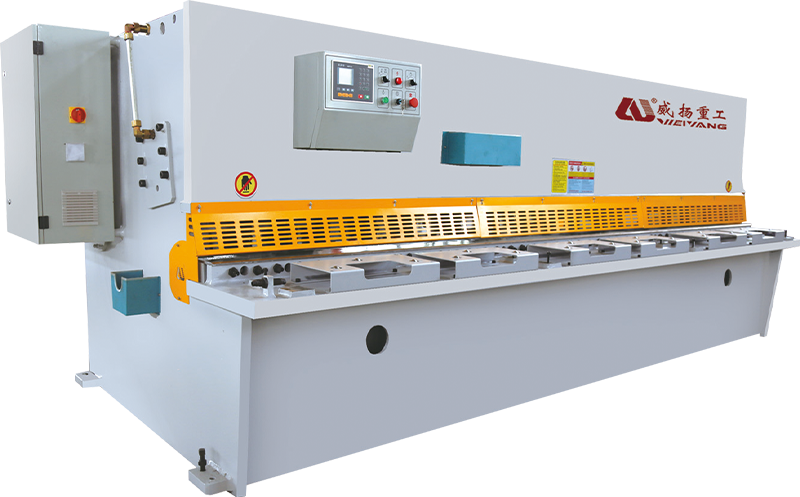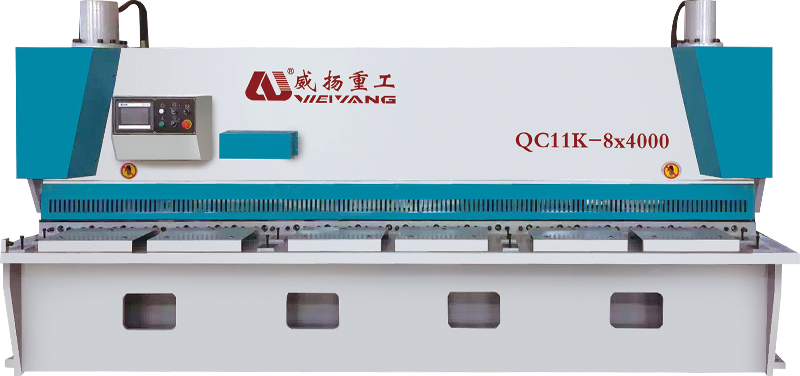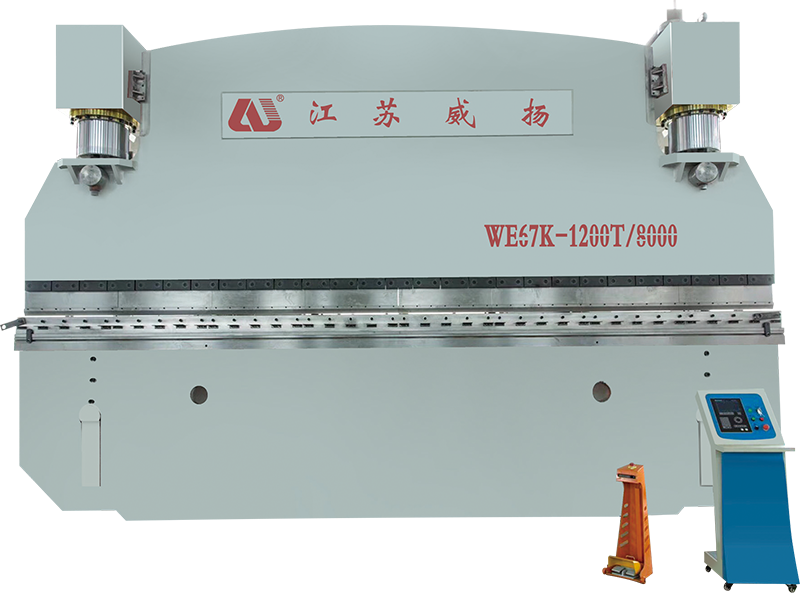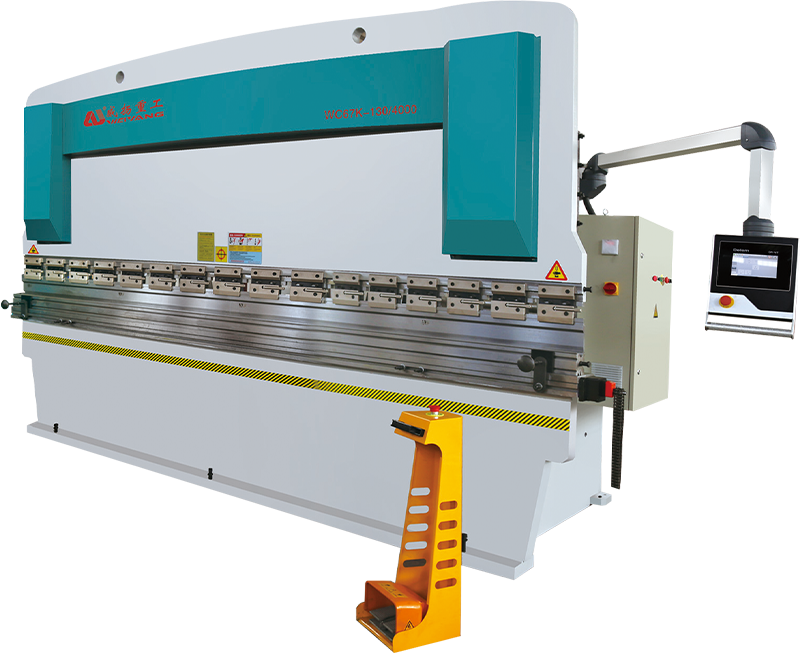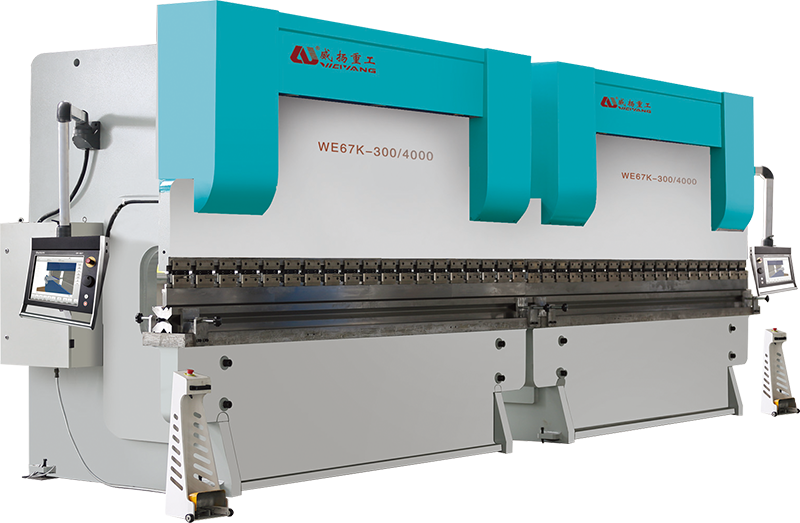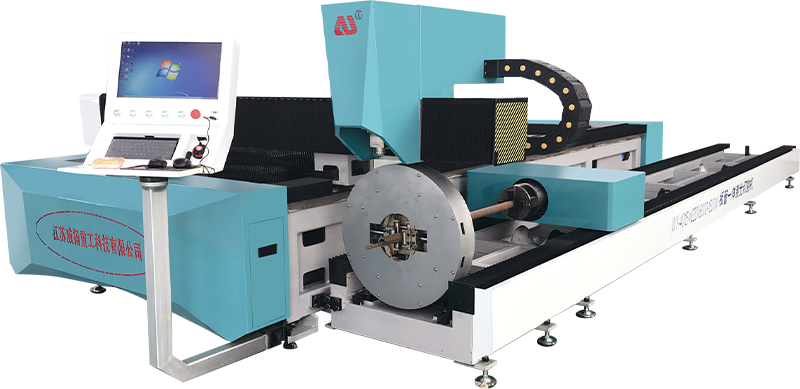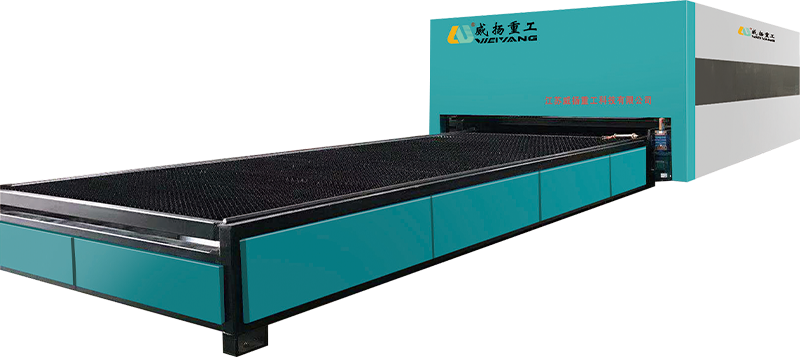How does the design of the swing arm in the Swing Shearing Machine affect the precision and efficiency of the cutting process?
The swing arm mechanism in the Swing Shearing Machine helps distribute the applied cutting force uniformly across the material, ensuring an even and consistent shearing action. As the swing arm moves, it applies pressure gradually and continuously across the cutting edge, allowing for an efficient force transfer through the material. This even distribution of force is crucial for cutting materials of varying thicknesses and types while maintaining the uniformity of the cut. By minimizing localized stress or concentrated pressure points, the swing arm design helps to avoid uneven shearing, ensuring precise cuts, especially when processing large sheets of metal or delicate materials that require exact dimensions.
The swing arm design contributes significantly to the alignment between the upper and lower blades during the cutting operation. Unlike traditional fixed-blade shears, where the blade’s angle may be less adaptable, the swing arm facilitates a smooth, arc-shaped motion that ensures the blades are precisely aligned throughout the entire stroke. This precise alignment results in accurate cuts with minimal deviation from the intended path. This mechanism can compensate for material movement, which is essential for preventing inaccurate cuts when the material is shifted or not perfectly aligned. For industries requiring exacting standards, such as aerospace or automotive manufacturing, the swing arm mechanism ensures that each cut is consistently within tolerance limits, thus contributing to superior finished products.
One of the key benefits of the swing arm's motion is the reduction in direct impact and friction between the blade and the material. As the swing arm moves in a continuous arc, the cutting process is smoother, reducing the harsh contact that can cause premature wear on the cutting edges. By minimizing the stress on the blades, the Swing Shearing Machine extends the life of the cutting tools, resulting in less frequent maintenance and reduced downtime. This lower tool wear not only reduces the operational cost of replacing blades but also ensures that the shearing process remains efficient and precise over extended periods, enhancing productivity and reducing long-term operating expenses.
The swinging motion of the arm allows for better handling of materials during the cutting process, especially in cases where the sheets are large, heavy, or awkward to manage. As the blade swings through the material, it applies consistent pressure, which helps to keep the material aligned without causing slipping or misplacement. This consistent material engagement also aids in cutting thicker or harder materials that might otherwise shift or bend under less controlled cutting forces. The precise control the swing arm offers makes it easier to manage materials that vary in size and weight, ensuring smooth operation even with complex or challenging workpieces.
The design of the swing arm facilitates a faster cutting cycle compared to traditional shearing mechanisms. Since the swing arm moves in a continuous, controlled arc, the cutting action occurs without the need for multiple stops or starts, which can introduce inefficiencies in operation. The Swing Shearing Machine can achieve faster cutting speeds due to the dynamic nature of the swing arm, allowing for quicker engagement and separation between the blades. This is especially beneficial in high-throughput environments, where the reduction in cycle time contributes directly to increased production efficiency. The faster operation does not compromise the precision of the cut, making it suitable for both high-speed and high-precision requirements.





